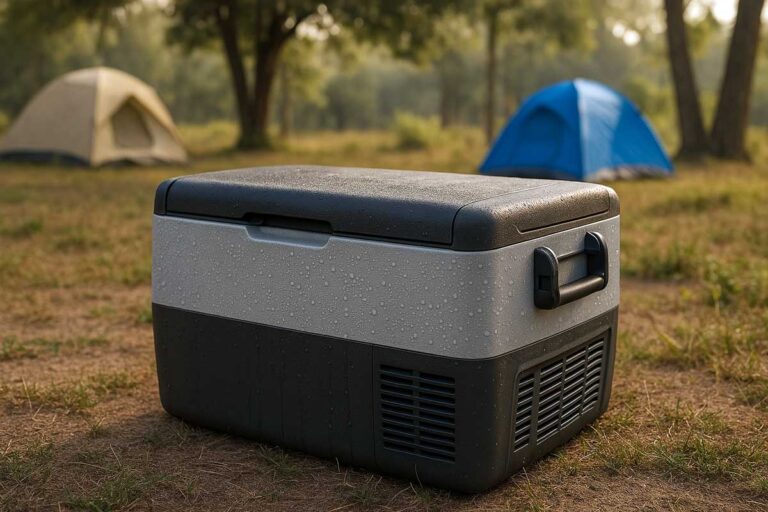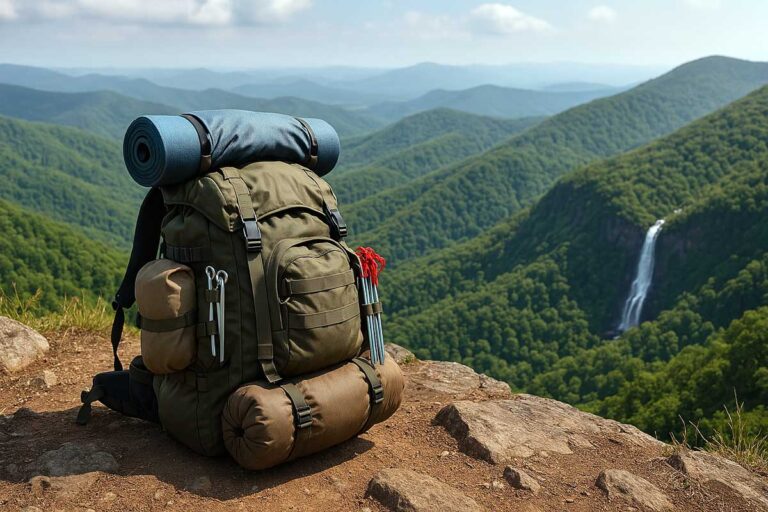What is the best temperature for a camping fridge: Learn Now
What is the best temperature for a camping fridge? Discover 5 must-know hacks to lock in freshness and boost efficiency. Act fast and learn more now!
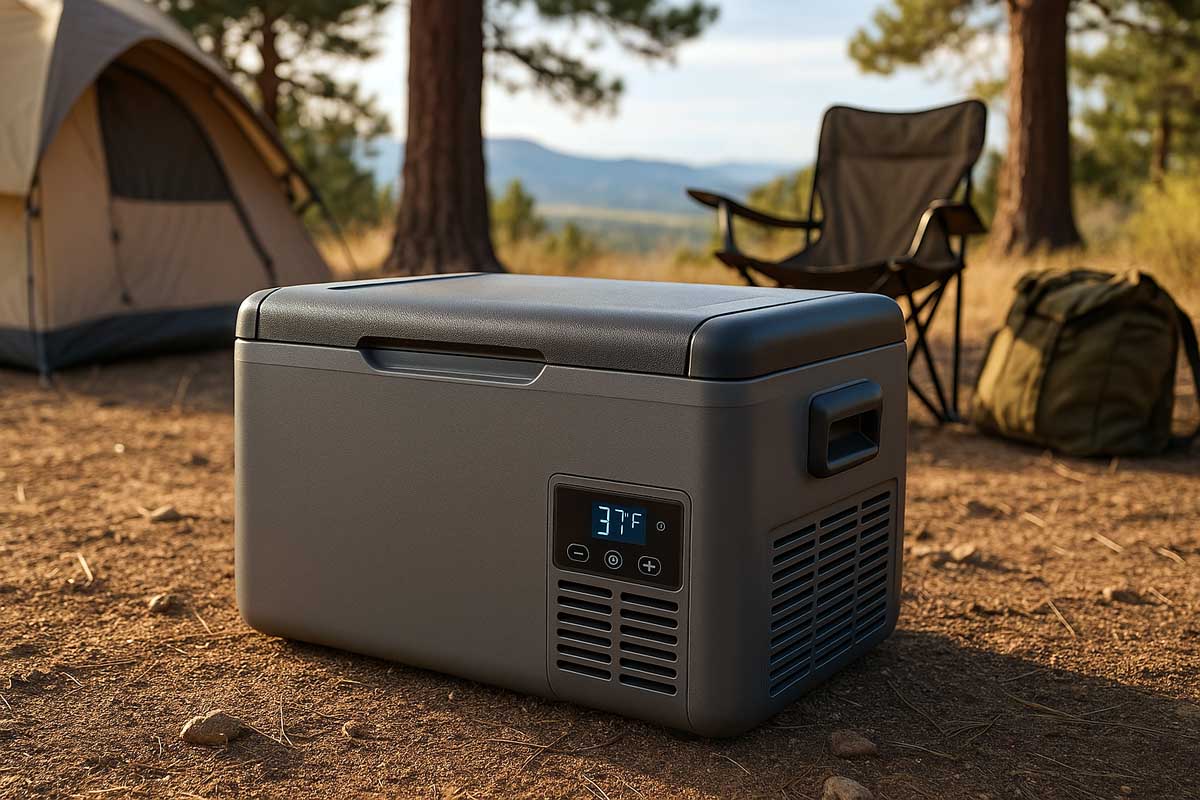
The best temperature for a camping fridge is 37°F (3°C). This setting keeps food fresh, safe, and helps minimize energy consumption when you’re off-grid. With years of experience both as an avid camper and a blogger, I have tested different cooling setups and learned what works best under varying conditions. In this article, I will explain how to set the ideal temperature in your camping fridge, discuss the factors that can affect its performance, and provide practical maintenance tips. You will find clear recommendations and detailed insights to help you manage your camping fridge for optimal food preservation and energy efficiency.
Contents Include
- 1 Understanding Temperature Requirements for a Camping Fridge
- 2 Factors Affecting the Ideal Temperature for Your Camping Fridge
- 3 How to Achieve and Maintain the Best Temperature
- 4 Scenarios: Adjusting Temperature in Different Conditions
- 5 Energy Efficiency and Practical Considerations
- 6 Tips for Reliable Camping Fridge Management
- 7 Frequently Asked Questions
- 8 Final Words
Understanding Temperature Requirements for a Camping Fridge
When you’re planning a camping trip, maintaining the correct temperature in your portable fridge is essential to prevent food spoilage. Here’s why 37°F (3°C) is widely recommended:
- Food Safety: At 37°F (3°C), you are well below the danger zone for bacterial growth. This is important for storing dairy, meat, and other perishables, reducing the risk of food poisoning.
- Energy Efficiency: A camping fridge working at 37°F (3°C) uses power efficiently. This saves energy when you’re relying on a battery or generator.
- Preservation Balance: This temperature keeps food cool without freezing it, preserving both texture and flavor.
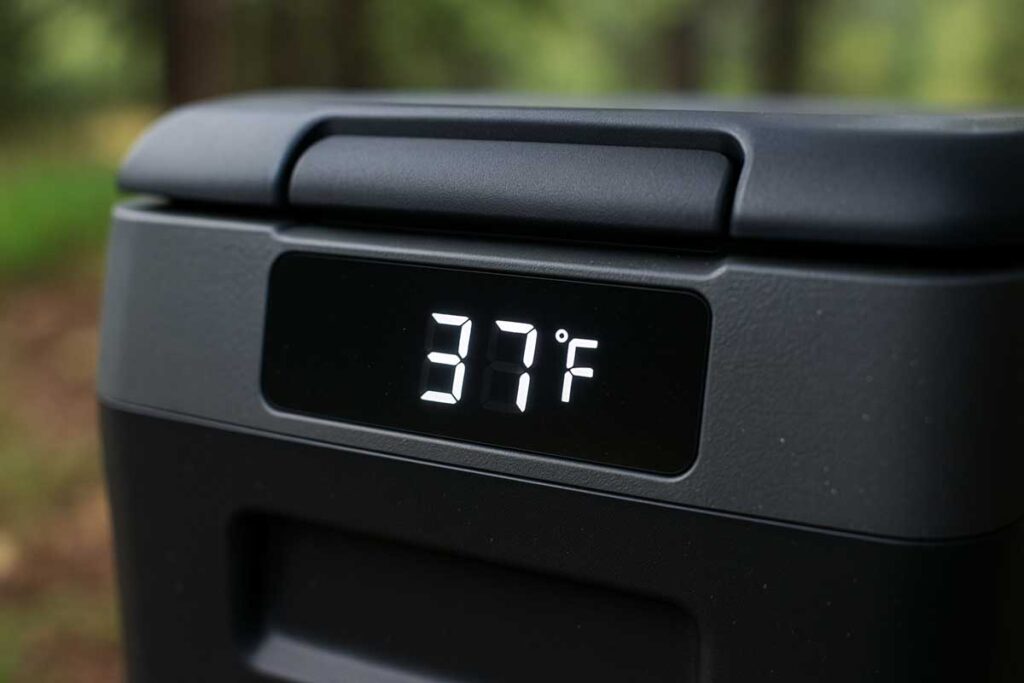
How Temperature Affects Food Quality
Maintaining a temperature around 37°F (3°C) helps extend the shelf life of your supplies. Here’s a quick look at the balance:
- Below 32°F (0°C): Freezing occurs. While some items benefit from freezing, it might not be ideal for delicate foods or items you wish to use soon.
- Between 32°F (0°C) and 40°F (4°C): This range is perfect to slow bacterial growth while keeping your food in a state that is ready for consumption.
- Above 40°F (4°C): Bacteria can multiply quickly, putting food safety at risk.
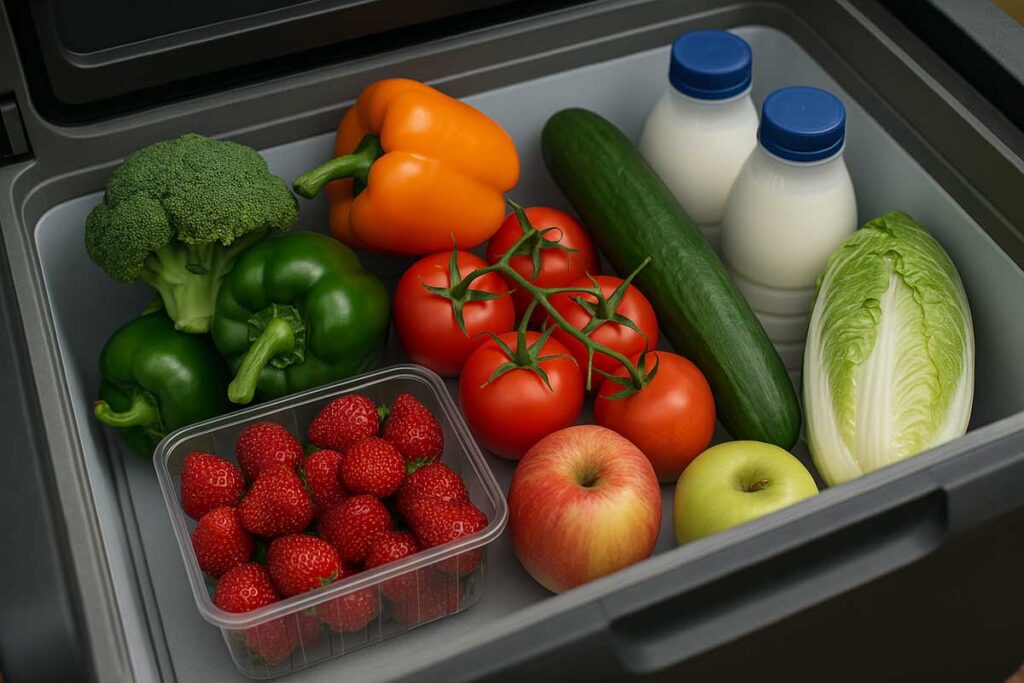
Factors Affecting the Ideal Temperature for Your Camping Fridge
There are several factors that can influence the performance and temperature settings of your camping fridge. Knowing these factors can help you adjust the settings as needed.
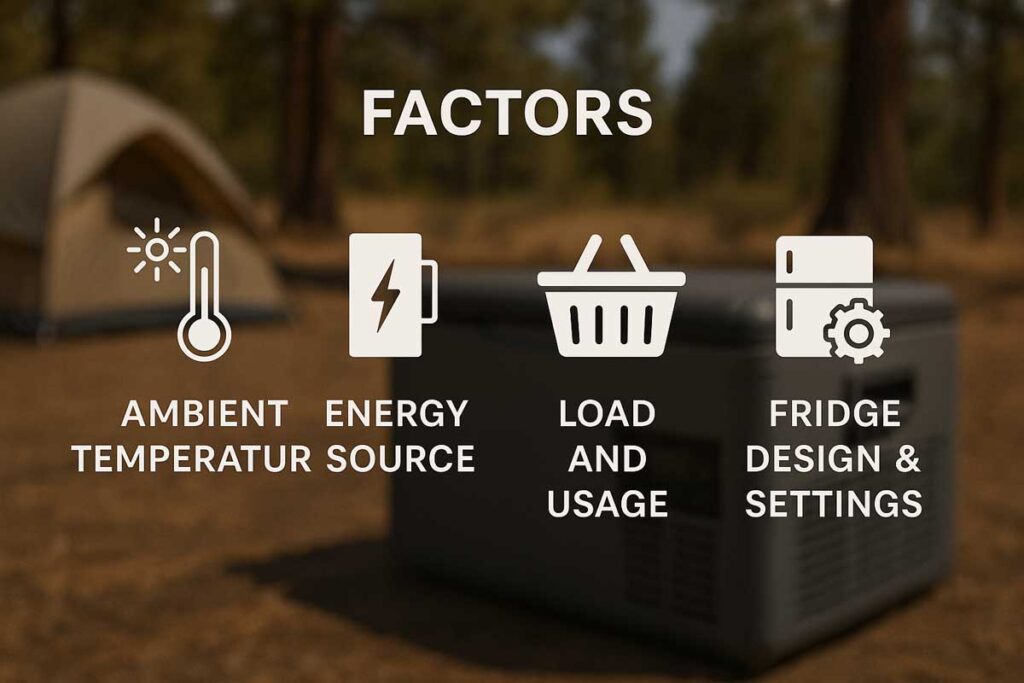
1. Ambient Temperature
- Environmental Impact: The external temperature plays a significant role in how hard your camping fridge must work. On a hot summer day, your fridge might need to work a little harder to maintain 37°F (3°C).
- Insulation and Placement: Placing your fridge in a shaded, well-ventilated area will reduce the strain on the system. Consider using reflective covers to minimize heat absorption.
2. Energy Source
- Battery vs. AC Power: When camping, you might be switching between power sources. Battery-powered fridges often require careful monitoring and adjustment to maintain optimal temperature.
- Solar Options: In remote locations, solar panels can be paired with your camping fridge. In these cases, ensuring that the temperature stays low while solar input fluctuates is essential.
3. Load and Usage
- Food Quantity: The more food and liquid inside the fridge, the more stable the temperature. A nearly full fridge will hold the cold air longer compared to one that is sparsely stocked.
- Door Opening Frequency: Every time you open the door, warm air enters, causing a temporary temperature spike. Try to keep door openings brief to maintain the ideal temperature.
4. Fridge Design and Settings
- Type of Cooling System: Camping fridges may use compressor-based or thermoelectric systems. Compressor fridges tend to be more reliable in keeping a steady temperature.
- Manufacturer Recommendations: Always refer to your unit’s manual. Manufacturers often provide the optimal temperature settings for their specific models.
Comparison Table: Factors and Their Impact
| Factor | Impact on Temperature Control | Recommendation |
|---|---|---|
| External Temperature | Requires adjustments when ambient heat increases | Monitor and adjust settings as needed |
| Sun Exposure | Can cause overheating if placed in direct sunlight | Place in shaded areas when possible |
| Frequency of Use | Frequent opening allows more heat inside | Minimize door openings to conserve cold |
| Load and Contents | A fuller fridge maintains temperature better | Consider adding ice packs if fridge is not full |
| Power Supply | Inadequate power sources may lead to fluctuations | Use reliable power sources and check insulation |
| Insulation Quality | Better insulation offers steadier temperatures | Choose fridges with quality insulation |
How to Achieve and Maintain the Best Temperature
To ensure that your camping fridge stays at 37°F (3°C) during your trips, follow these detailed and practical steps:

Step 1: Initial Setup and Calibration
- Read the Manual: Familiarize yourself with the manufacturer’s instructions. This step is crucial for understanding the specific functionalities of your fridge.
- Set the Temperature: Use the control panel to set your fridge to 37°F (3°C) from the start. Many modern camping fridges have a digital display for precise control.
- Pre-cooling: If possible, pre-cool your fridge at home before heading out on your trip. A pre-cooled fridge requires less energy to maintain the correct temperature while in the field.
Step 2: Positioning and Insulation
- Shaded Area Placement: Always place your camping fridge in a shaded area away from direct sunlight. Use natural cover or reflective materials to reduce heat exposure.
- Ventilation: Ensure that there is enough airflow around the fridge to allow for proper heat dissipation. Avoid stacking items too close to the back panel or the sides.
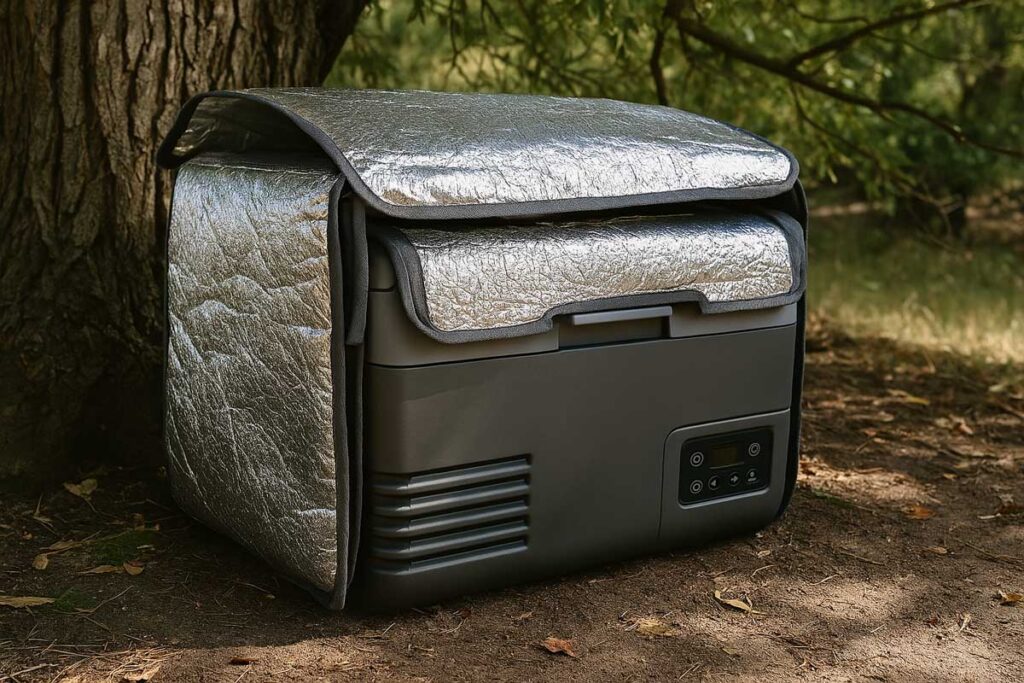
Step 3: Monitoring and Adjustment
- Use a Thermometer: Invest in a portable thermometer that you can place inside the fridge to verify the internal temperature. Even if your digital display shows 37°F, a secondary reading ensures accuracy.
- Regular Checks: Make it a habit to check the temperature every few hours, especially during peak heat times. Adjust the settings if necessary.
- Power Management: When relying on limited power sources, reduce door openings and limit loading heavy amounts of hot food at once. This minimizes the strain on the cooling system.
Step 4: Handling Food and Load Management
- Pre-chill Food Items: Whenever possible, pre-chill your food and beverages before packing them into your camping fridge. This helps reduce the workload of the cooling system.
- Organized Storage: Arrange items to promote airflow. Group similar items together and avoid overpacking. This ensures that cool air circulates evenly.
- Use Ice Packs: In addition to your fridge’s cooling system, ice packs can help maintain low temperatures during unexpected power cuts or hotter days.

Step 5: Troubleshooting Common Issues
If your camping fridge struggles to maintain the optimal temperature, consider these troubleshooting tips:
- Check Seals and Gaskets: Ensure that the door seals are intact and that there are no gaps letting warm air inside.
- Clean Filters and Vents: Dust and debris can block proper airflow. Clean the filters and vents periodically.
- Power Supply Consistency: Verify that your power source is stable. Voltage drops or fluctuations can impact performance.
- Use a Timer: For compressor fridges, setting a timer for a rest period can help manage power consumption while maintaining temperature stability.
Scenarios: Adjusting Temperature in Different Conditions
Every camping scenario is unique. Below are some common situations and how you can adjust your camping fridge settings for each:
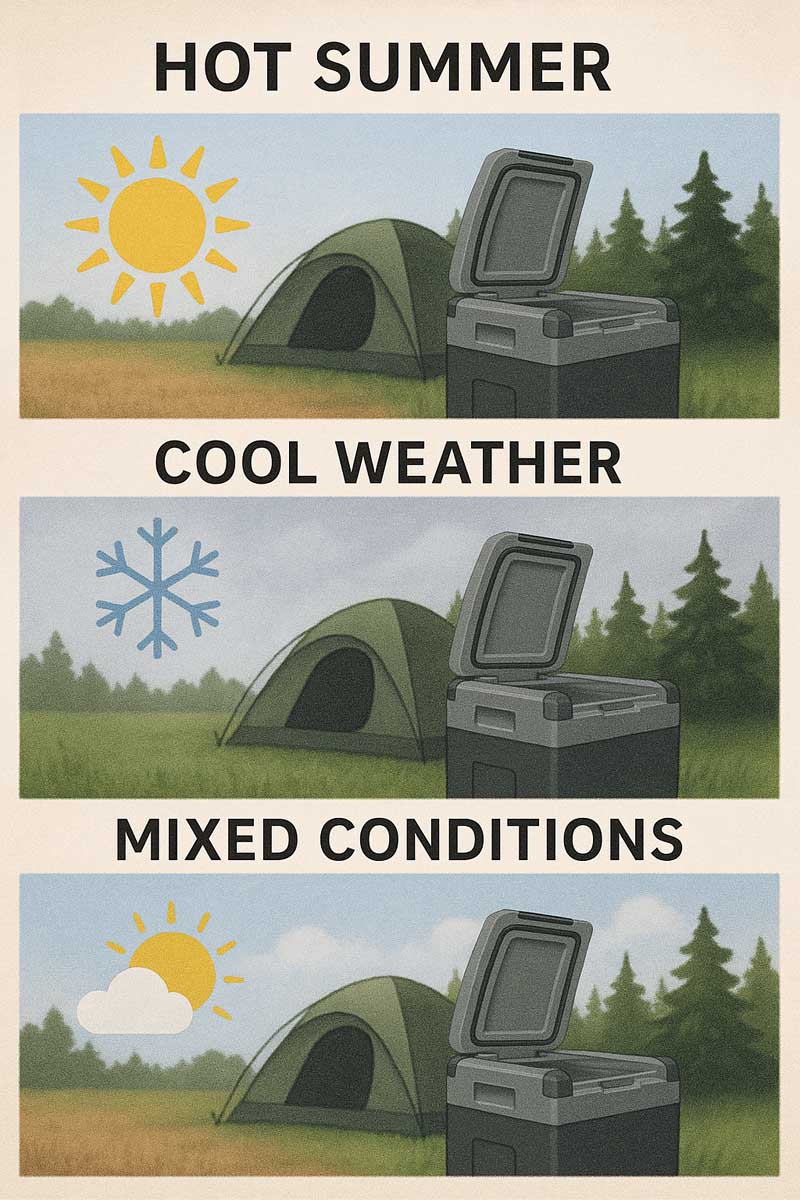
Scenario 1: Hot Summer Campsites
- Challenge: High ambient temperatures may cause the fridge to work overtime.
- Solution: Keep the fridge in shaded areas and possibly set the thermostat a half-degree lower than 37°F (3°C) during peak sunlight hours. Always monitor with a portable thermometer.
Scenario 2: Overcast or Cooler Weather
- Challenge: In cooler weather, the surrounding temperature might assist in maintaining the cool temperature inside the fridge.
- Solution: You may find that your fridge rarely needs to cycle its compressor in cooler conditions. However, always confirm that the temperature stays close to 37°F (3°C) and adjust the settings only if you notice any significant deviations.
Scenario 3: Mixed Weather with Fluctuating Temperatures
- Challenge: When the weather is unpredictable, maintaining a constant temperature becomes more challenging.
- Solution: Invest in a fridge model with an auto-adjust feature. Additionally, using a combination of pre-chilled items and insulating materials can help stabilize the internal temperature.
The following table summarizes key factors, challenges, and easy solutions:
| Scenario | Main Challenge | Recommended Adjustment |
|---|---|---|
| Hot Summer Campsite | Heat exposure | Position in shaded areas; lower thermostat slightly |
| Cool Weather | Minimal compressor activity | Monitor regularly; maintain usual settings |
| Mixed/Fluctuating Weather | Temperature instability | Use auto-adjust models; combine with ice packs |
Energy Efficiency and Practical Considerations
While energy conservation is important in a camping setting, keeping your camping fridge at 37°F (3°C) is not only about food safety—it is also about managing your power use effectively. Here are a few points to consider:
- Power Consumption: Lowering or increasing the temperature even by a few degrees can significantly alter energy usage. A well-regulated temperature of 37°F (3°C) ensures steady performance without draining batteries rapidly.
- Battery Life: For battery-operated fridges, efficient use of power is key. Fewer cycles mean longer battery life, and maintaining a consistent temperature reduces wear on the compressor.
- Portable Energy Solutions: Using solar panels or portable generators can complement your camping fridge setup. Ensure that your energy source is sufficient to support steady operation, especially if you’re camping for an extended period.
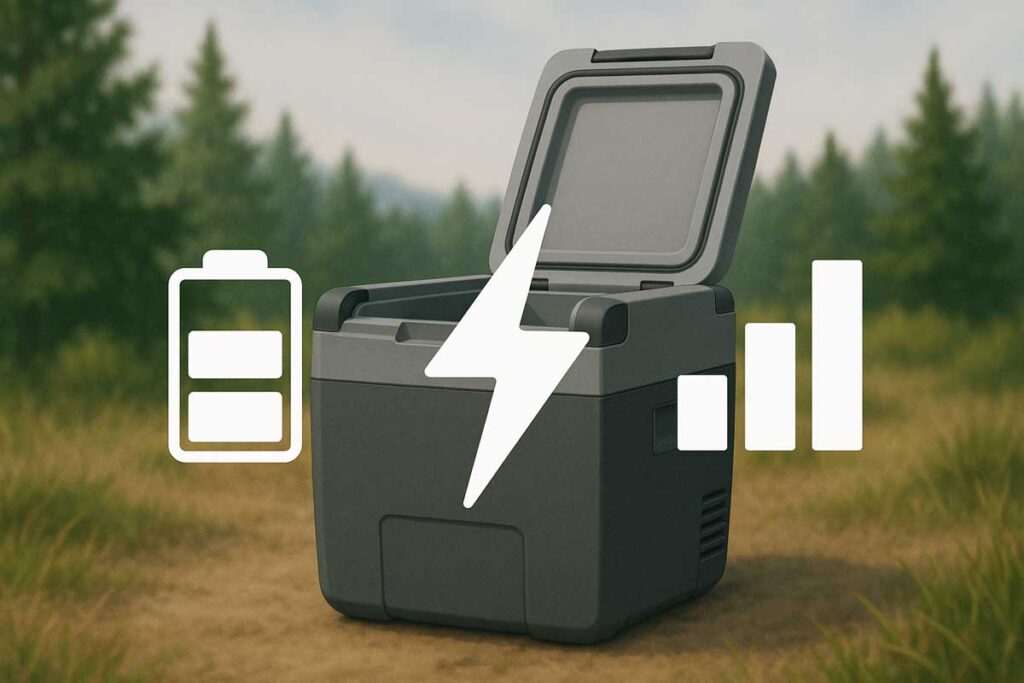
Tips for Reliable Camping Fridge Management
- Plan Ahead: Always prepare your cooling strategy before leaving home. Pre-chill your items and know the weather forecast.
- Routine Maintenance: Regularly inspect your fridge for any signs of wear or malfunction. Clean the cooling system parts if needed.
- Practical Organization: Keep frequently used items easily accessible to reduce the time the fridge door remains open.
- Use Technology: If your camping fridge supports it, take advantage of temperature alerts through mobile apps. This way, you’re notified if the temperature drifts from the desired range.
- Monitor Load Size: Avoid overloading the fridge during trips. A full, evenly loaded fridge retains the cold better and works more efficiently.
Frequently Asked Questions
Final Words
Maintaining an optimal temperature in your camping fridge is essential for preserving food quality and ensuring safety on your outdoor adventures. Based on my own experiences and consistent testing during various camping conditions, I confidently recommend setting your camping fridge to 37°F (3°C). This temperature effectively keeps food fresh, conserves energy, and accommodates the unique challenges of camping environments.
By following a systematic approach—starting with proper calibration and organization, monitoring through regular checks, and adjusting based on ambient conditions—you can keep your camping fridge running efficiently. Remember, the key is to use your resources wisely and adapt to the conditions at your campsite.
I hope you find this detailed guide valuable as you plan your next camping trip. Feel free to refer back to these step-by-step instructions whenever you prepare your camping gear. Safe travels and enjoy your time outdoors!

